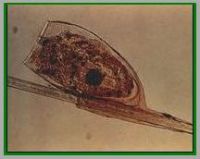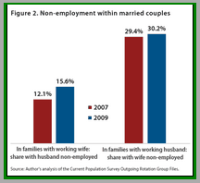
The teen pregnancy rate is on the rise, and one advocacy group says that the answer is simple: Just pay teenage girls not to get pregnant. Could this really be a good idea?
****
A program called College Bound Sisters, which is affiliated with the University of North Carolina, offers girls ages 12 to 18 $1 a day if they avoid getting sperminated (awful word, but it gets right to the point, doesn’t it?).
There are some ground rules, though: Program participants cannot have been pregnant before, they must be enrolled in school and be interested in attending college and have a sis who had a child before the age of 18, CNN reports. They also have to attend a once-a-week, 90-minute meeting where program advisers encourage them to abstain from sex or use birth control. If they comply, they get $7 a week, which is put into a college fund.

If a girl in the program gets pregnant? She loses her “savings” in the program. Bummer.
Will this program and others like it work? Maybe. But, my gut tells me that they’d have to pay some teens a lot more than $7 a week to get them to sign up. And while I can see the logic behind it, I keep coming back to this question: Does it feel wrong, somehow, to pay someone to do the right thing? Is this bribery, in a sense?
What do you think?














